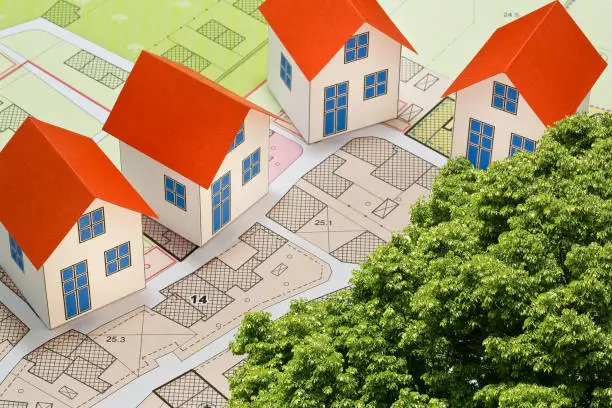Introduction
When it comes to securing your most valuable asset, home insurance plays a critical role in providing peace of mind. However, the cost of home insurance premiums varies significantly based on several factors. Understanding these factors can help you make informed decisions, save money, and optimize your coverage.
1. Location of the Property
Your home’s geographic location has a significant impact on insurance premiums. Homes in areas prone to natural disasters like hurricanes, floods, or earthquakes typically incur higher premiums. Additionally, neighborhood safety and proximity to emergency services influence the cost.

2. Property Type and Age
Older homes often cost more to insure because their materials may no longer meet current building codes, making repairs more expensive. Conversely, newly constructed homes built with durable, fire-resistant materials often qualify for lower premiums.
3. Insurance Claims History
If you’ve filed multiple insurance claims in the past, insurers may see you as a higher risk, resulting in increased premiums. Maintaining a clean claims record can work in your favor.
4. Coverage Amount and Limits
The level of coverage you choose and the limits on your policy directly impact the cost. Comprehensive coverage with high limits will naturally result in higher premiums compared to basic coverage with minimal protection.
5. Deductibles
Choosing a higher deductible lowers your premium because you agree to pay more out-of-pocket in the event of a claim. It’s essential to balance affordability with potential risk when selecting your deductible.
6. Credit Score
Your financial responsibility, as reflected in your credit score, can influence your home insurance rate. A higher credit score often results in lower premiums, as insurers view you as less likely to file a claim.
7. Security Features
Homes equipped with modern security systems, burglar alarms, and fire detection devices can enjoy lower premiums. These features reduce the likelihood of theft or damage, lowering the insurer’s risk.
8. Renovations and Upgrades
Upgrading your home with features like energy-efficient systems or reinforced roofing can lower premiums. However, luxury additions like swimming pools may increase liability risks, leading to higher costs.
9. Market Value of the Property
The current market value of your home influences insurance costs. High-value properties require more extensive coverage, driving up premiums. Regular appraisals ensure that your policy reflects accurate values.
10. Insurance Provider and Policy Bundling
Comparing quotes from multiple insurance providers can uncover savings opportunities. Bundling home insurance with auto or life insurance policies often leads to discounts.
Conclusion
Understanding the key factors that affect your home insurance premiums can empower you to make cost-effective decisions. By considering these elements, you can choose coverage that protects your home without breaking the bank. Always shop around, evaluate your coverage needs, and take advantage of available discounts to optimize your insurance policy.
